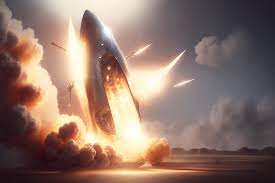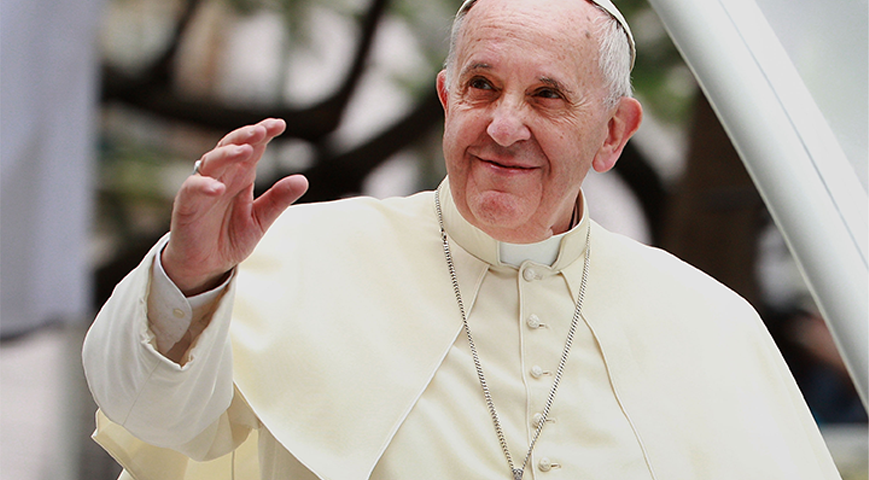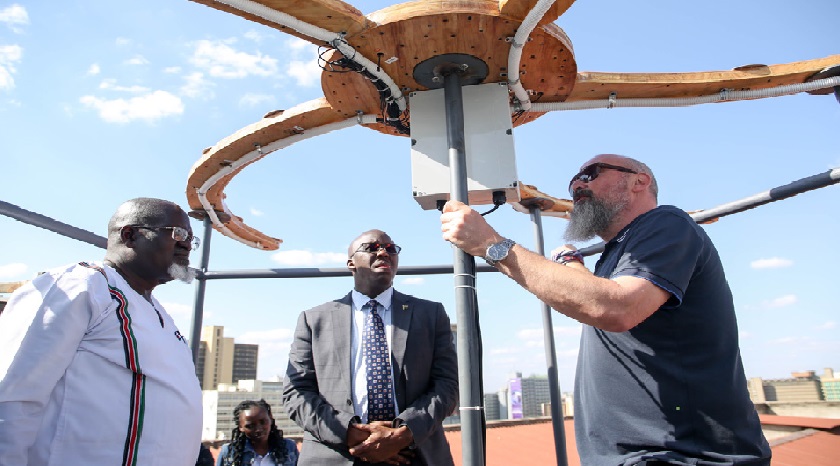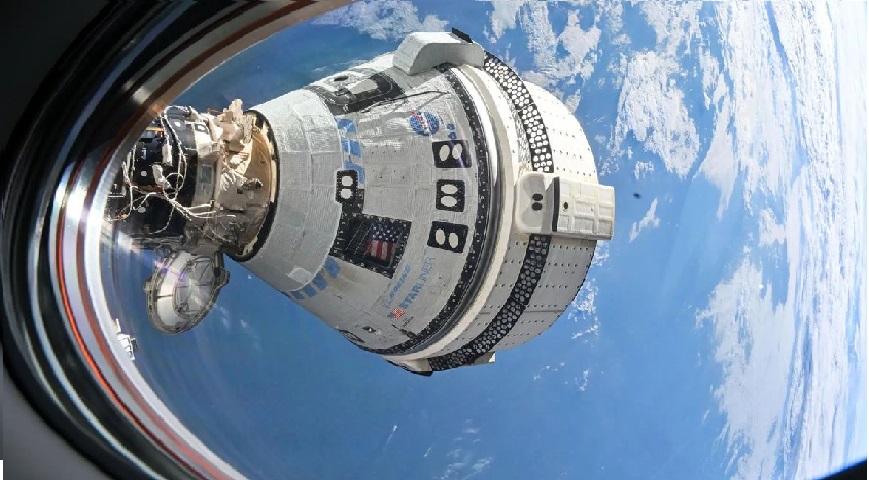On Thursday, during its first flight, the most powerful rocket ever built, Starship, exploded, but Elon Musk praised his SpaceX team for an "exciting" test of the spacecraft designed to take astronauts to the Moon, Mars, and beyond.
Although the rocket failed to complete its intended flight test and reach orbit, SpaceX and its CEO Elon Musk still considered it a success. It is common practice to destroy a malfunctioning rocket to avoid causing harm to people or property on the ground.
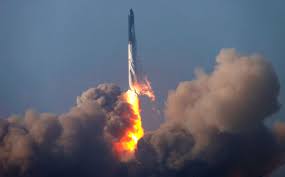
The unmanned rocket was destroyed four minutes after it took off from Starbase, the SpaceX spaceport in Boca Chica, Texas, at 8:33 am Central Time (1333 GMT). Three minutes into the flight, the Starship spaceship, which will eventually be used to transport personnel and cargo, was scheduled to detach from the first-stage rocket booster. However, because it failed to do so, the rocket burst into flames over the Gulf of Mexico.
Did you read this?
Elon Musk praised his SpaceX crew for an "exciting" test of the next-generation spacecraft intended to transport astronauts to the Moon, Mars, and beyond despite the fact that Starship, the most potent rocket ever built, exploded during its first flight on Thursday.
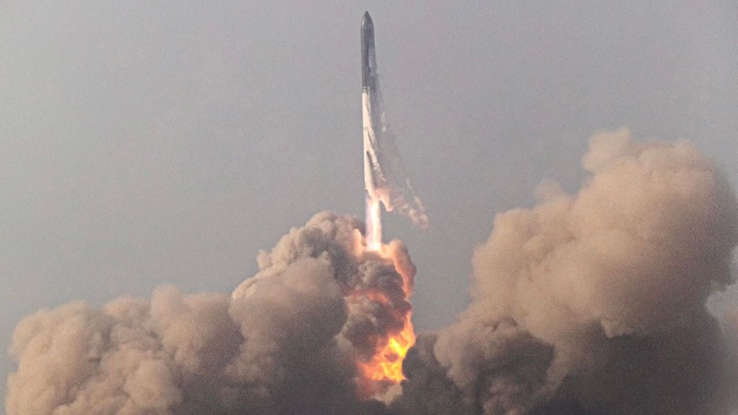
The unmanned rocket was destroyed by SpaceX four minutes after it took off from Starbase, the company's spaceport in Boca Chica, Texas, at 8:33 am Central Time (1333 GMT).
During the flight test, the Starship spacecraft, which is intended to transport crew and cargo, was supposed to detach from the first-stage rocket booster at the three-minute mark. However, separation did not occur, and the rocket disintegrated in a fireball over the Gulf of Mexico.
According to SpaceX, the spacecraft encountered several engine malfunctions during the test, resulting in a loss of altitude and causing it to tumble out of control.
Although the rocket failed to complete its intended 90-minute flight test and did not reach orbit, SpaceX and its founder and CEO, Musk, claimed it to be a triumph, which is a common practice in the industry. It is typical to terminate a malfunctioning rocket to avoid harm to individuals or property on the ground.
During the integrated test flight, the intention was for the Super Heavy booster to detach from Starship after launch and descend into the Gulf of Mexico.
With its six engines, Starship was able to reach a maximum altitude of 39 kilometers (24 miles) and a top speed of roughly 2,150 kilometers per hour (1,335 mph).
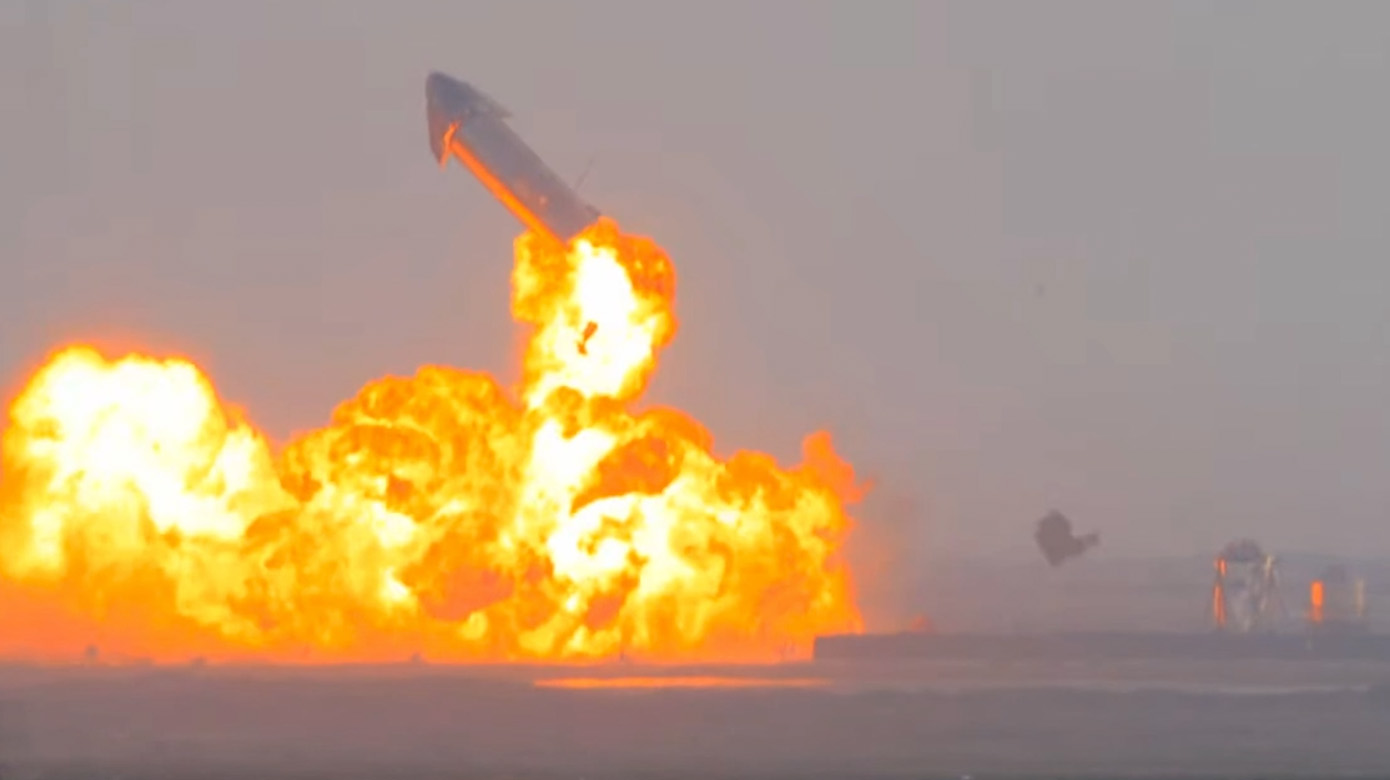
If there had been a separation, Starship was planned to soar to an altitude of over 150 miles, do a nearly orbital circle of the planet, and then drop back to the earth's surface, splashing down in the Pacific Ocean about 90 minutes after launch.
In a statement, SpaceX noted that with tests like this, success depends on what is learnt. Today, they learned a great deal about the vehicle and ground systems, which will help us improve on future Starship flights.
The US space agency NASA has chosen Starship, created by SpaceX, to transport astronauts to the Moon in late 2025, marking the first such mission since the Apollo program concluded in 1972.
Bill Nelson, the head of NASA, applauded SpaceX, stating that "every significant achievement throughout history has required some level of calculated risk, since with great risk comes great reward."
Starship is made up of a crew vehicle that stands 164 feet (50 meters) tall and sits atop a 230-foot tall Super Heavy booster rocket for its first stage.
In February, SpaceX successfully test-fired the 33 powerful Raptor engines on the booster, but this was the first time the Starship spacecraft and Super Heavy rocket were flown in tandem to assess their combined performance.
Originally scheduled for Monday, the launch was postponed until Thursday owing to a frozen pressure valve on the first-stage booster. Before the test, Musk had cautioned that technical difficulties were probable and sought to downplay expectations for the debut flight.

